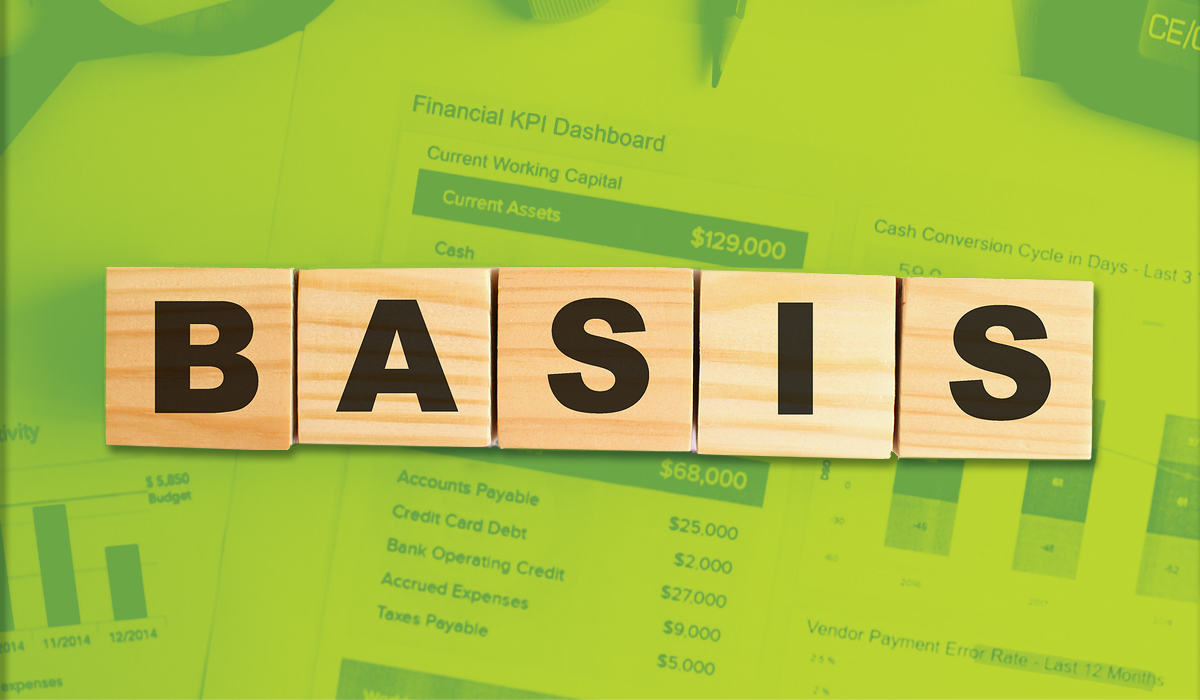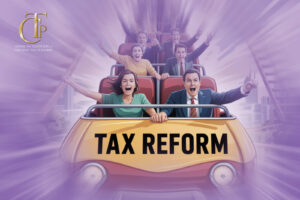
For shareholders in an S corporation, tax basis limits their losses and deductions because taxpayers are not entitled to a loss that exceeds that value. Remember that an S corporation is set up to prevent double taxation on distributions. Since an S corporation passes both income and losses through to their shareholders, when the income in an S corporation goes up so does the shareholder’s tax basis. Since this money is taxed as income, it will not be taxed again as a distribution. The exception is if the company distributes an amount greater than that income, which creates a second level of taxation.
For distributions that exceed basis, we run into capital gains taxes. These can be treated as long or short-term capital gains, depending on the holding period of the stock. If an S corporation just opened in 2020, they might have short-term capital gains, particularly if they received Paycheck Protection Program (PPP) loans during COVID-19 and withdrew that unforgiven note at the end of the year. As soon as that loan is forgiven, the funds are considered tax-exempt income, which makes the shareholder’s tax basis go up. Because of this increase, the shareholder basis would not be exceeded and would not result in additional taxation.
A partnership functions differently, though it follows a similar pattern in tax basis calculation where the value goes up with income and down with losses. With a partnership, we have a major difference in debt basis. Partners are liable for debt incurred by the business, and the IRS acknowledges that by offering a tax benefit. Partners are therefore allowed to increase their basis by the amount of debt where there is recourse (the legal right to demand payment). The S corp, on the other hand, protects shareholders from liability, so they are not entitled to the same debt basis.
How does this impact tax planning efforts? Let’s say that a taxpayer has losses in 2020 that we know will be carried over to a future tax year because they do not have sufficient basis to merit a deduction. With the help of a tax planner, that taxpayer could look for ways to create sufficient basis. For instance, they may be able to make a capital contribution to the S corporation or partnership or contribute property that can be used by the business. The taxpayer may also be able to create loans, so their debt basis goes up. If someone has personally lent money to a company, the IRS recognizes that if that company goes bankrupt, there’s no way to reclaim that debt. So the taxpayer would then qualify for debt basis.
Prepare yourself to advise clients involved in an S corporation or partnership: become a Certified Tax Planner today!







